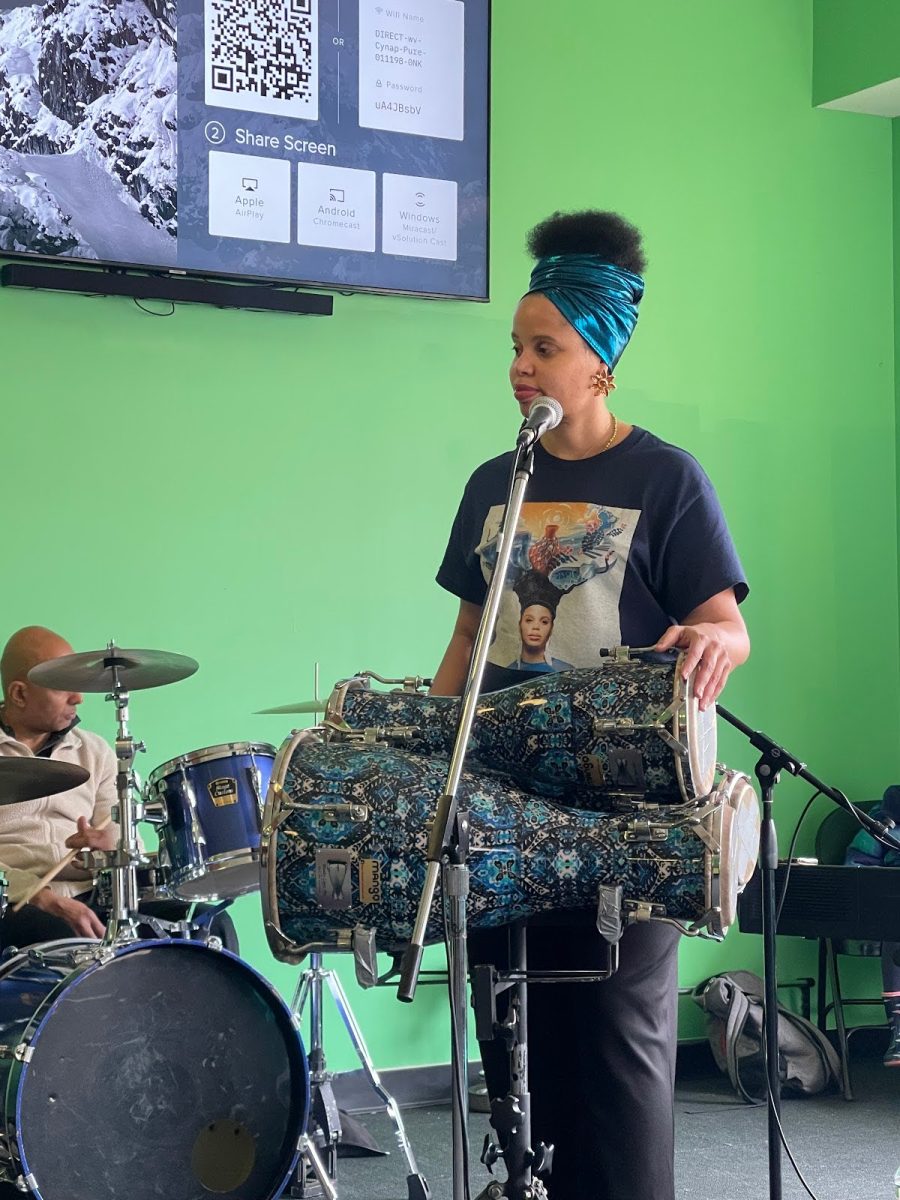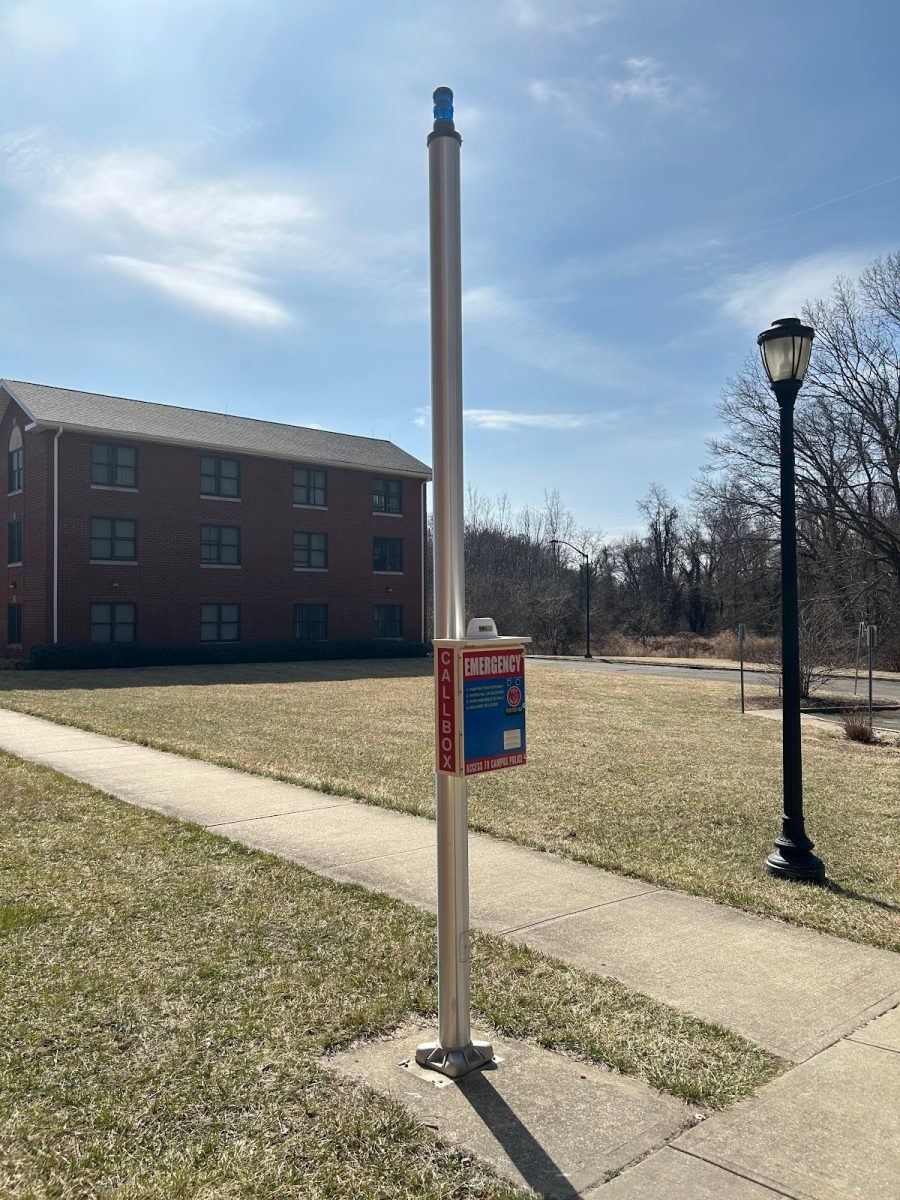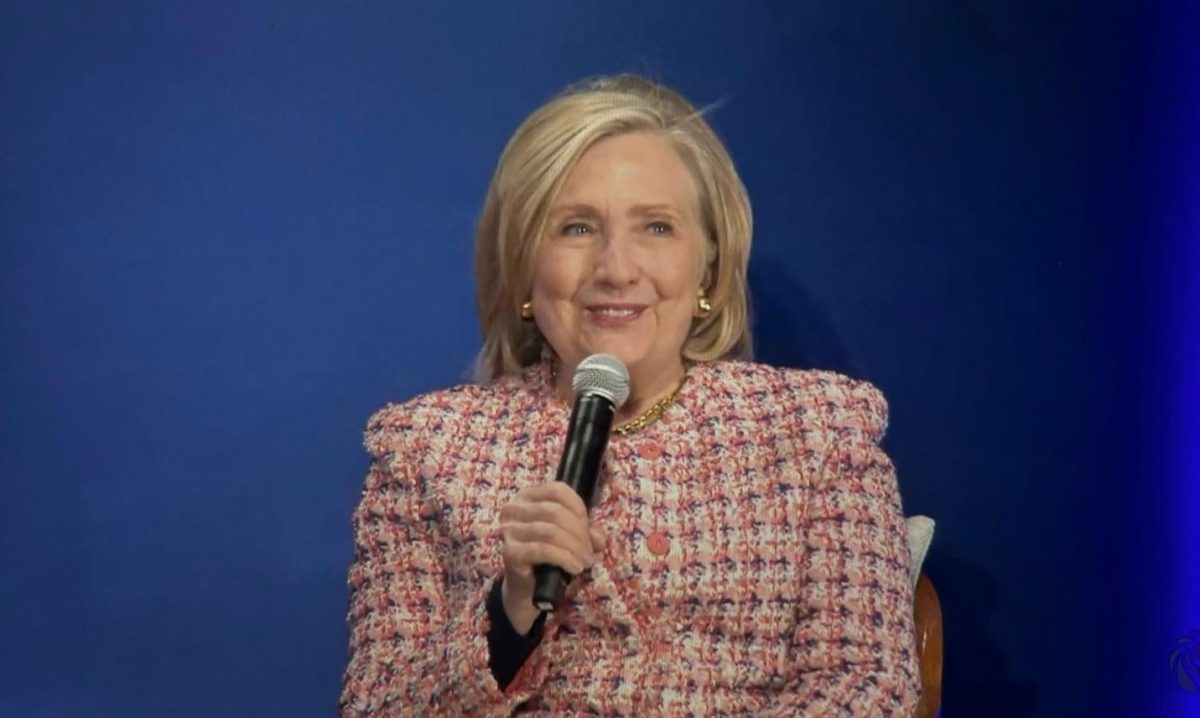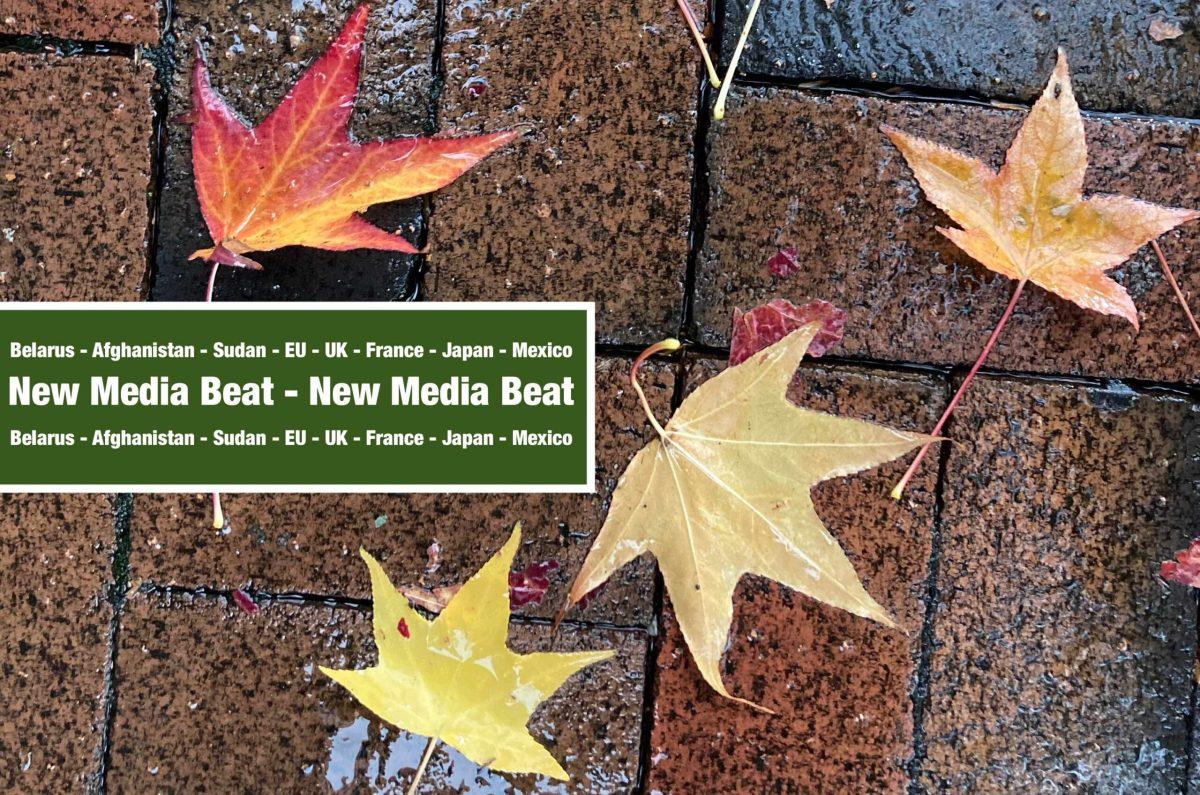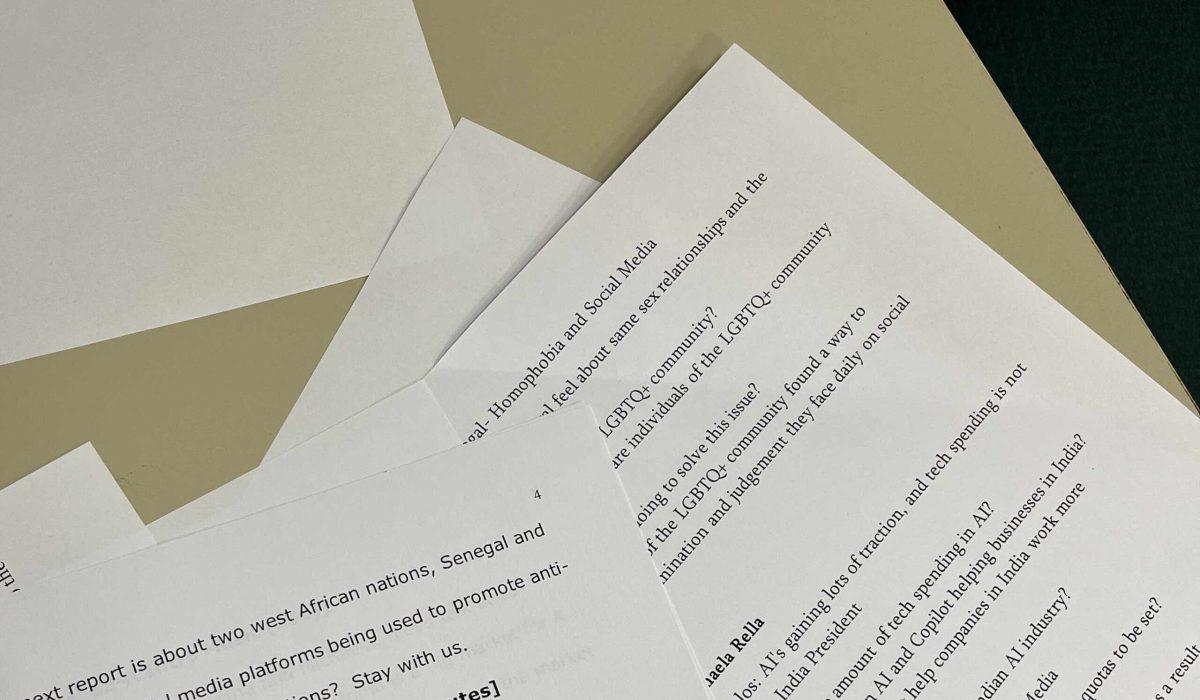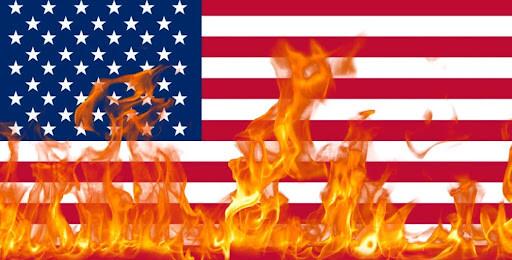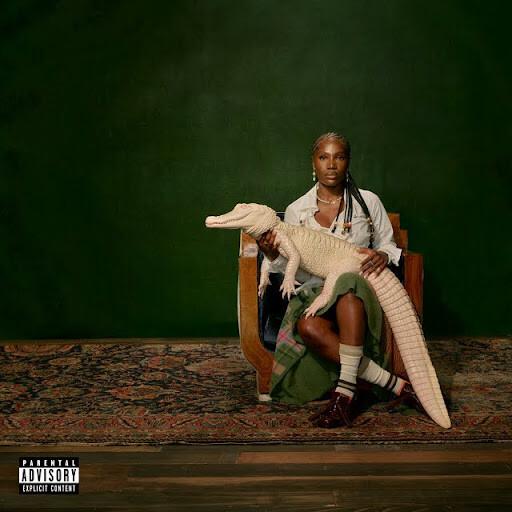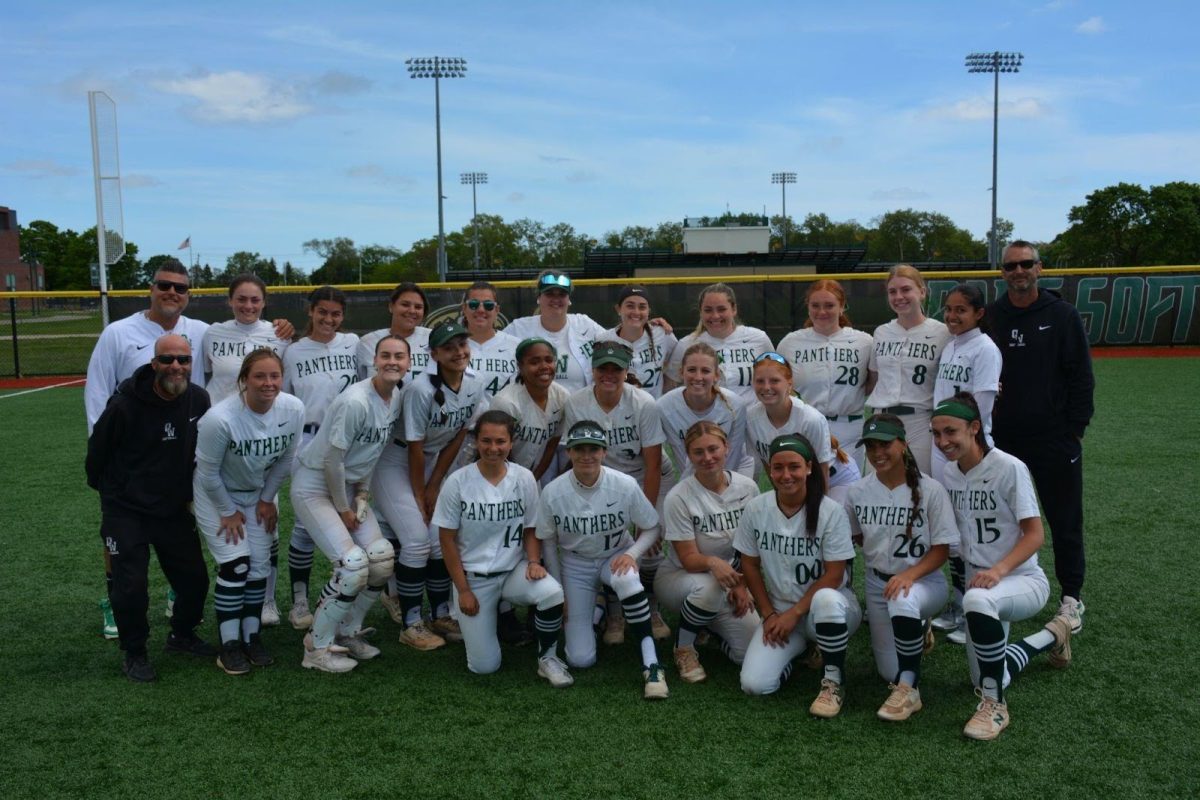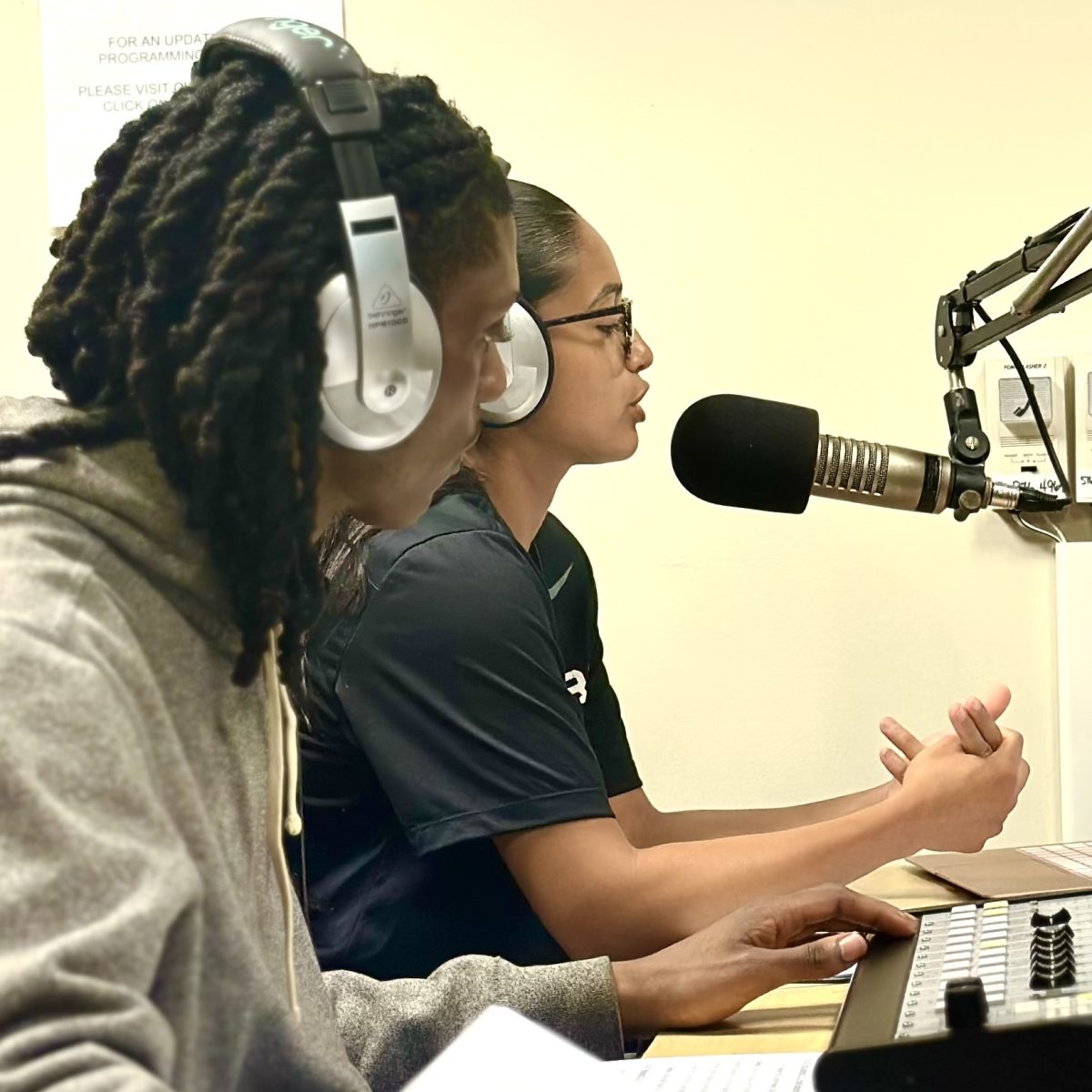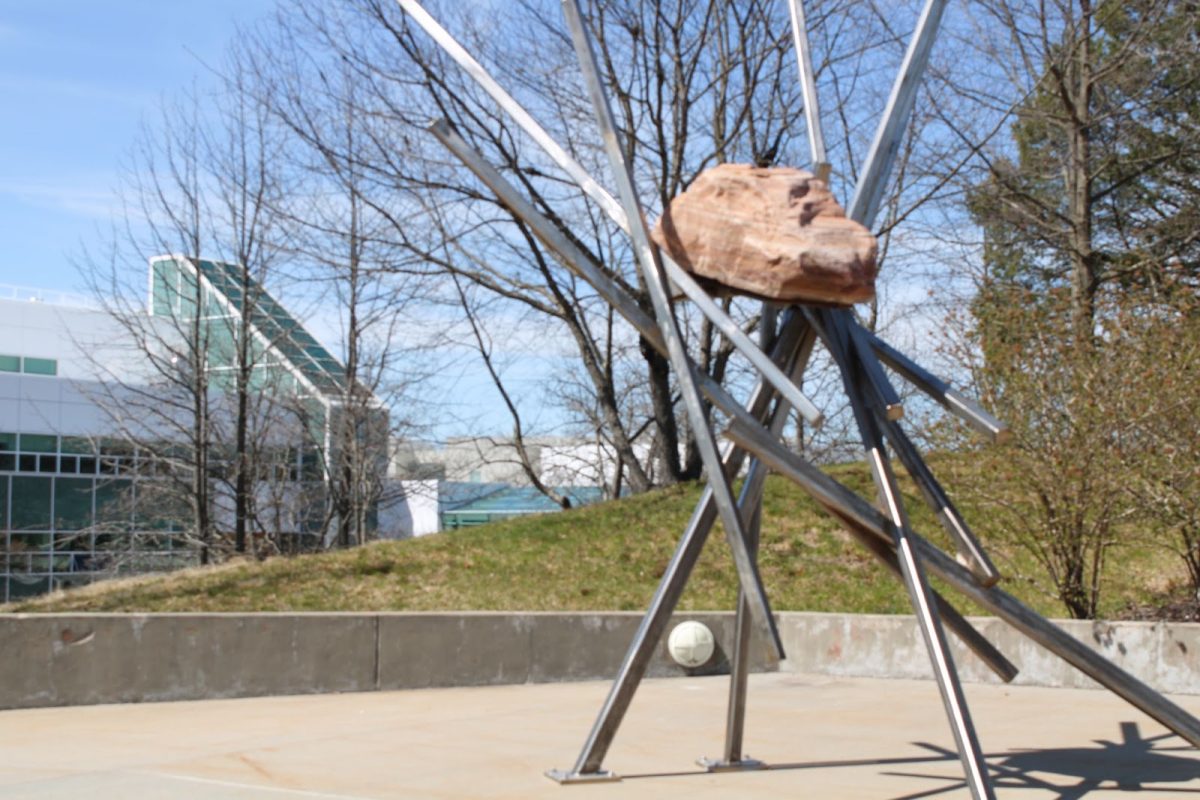Women who are intimate or friends with well-known artists get overlooked because of their associations. Leonor Fini, Lee Miller, and Dora Maar are among those who unfortunately get omitted from the dialogue on art.
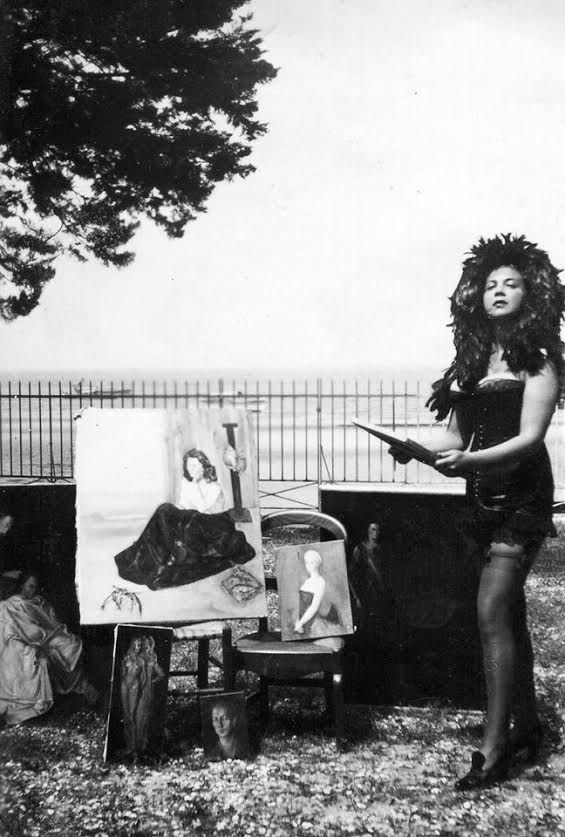
Leonor Fini (30 August 1907- 18 January 1996) was a surrealist painter, designer, illustrator, and author known for her works on sex, mysticism, and powerful women. Even though her art was seen as surrealist in nature, she abhorred being called a surrealist and distanced herself from them, having a distaste for the men’s sexism within the art community at the time.
Dorothea Tanning, a woman artist around the same time has been quoted saying, “Women artists. There is no such thing—or person. It’s just as much a contradiction in terms as ‘man artist’ or ‘elephant artist’. You may be a woman and you may be an artist; but the one is a given and the other is you.”
Fini’s friends and collaborators, Max Ernst, Salvador Dalí, Albert Camus, André Breton and Yves Saint Laurent, get more eyes on their work than Fini who was working at the same time.
Jenna Adrian-Diaz writes for Vulture Magazine that, “She objected to the misogyny of leader André Breton, who actually excluded female artists from official photos of the Surrealists and believed fervently in the traditional role of woman as erotic muse,” she wrote. “Inverting the gendered tropes, Fini consistently depicted men in her artwork as delicate, beautiful beings in need of guidance and protection.”
Fini may soon get her due, having a past exhibition from September 28, 2018-March 4,2019 at the Museum of Sex dedicated to her, titled, “Lenor Fini: Theater of Desire”, showcasing her provocative artwork and extraordinary life she lived.
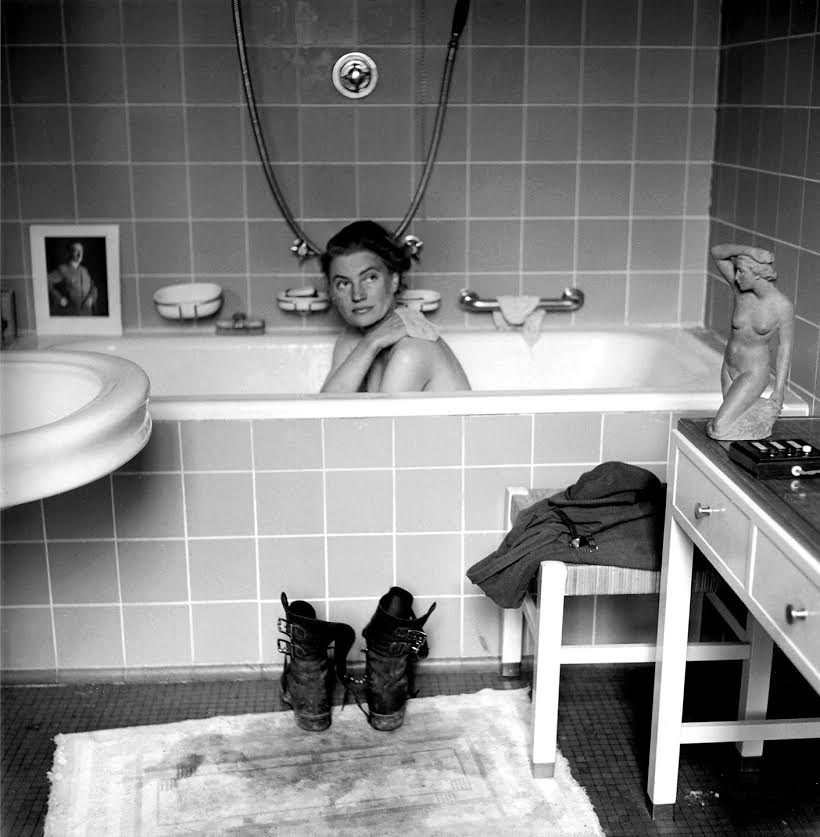
Lee Miller (April 23, 1907- July 21, 1997) was a photojournalist, fashion model and pivotal player in the surrealist movement. Miller moved to Paris in 1929 and met Man Ray and went from student to lover. During their time in the darkroom together they accidently discovered the technique of solarization or “silvery aura” after a mouse ran over Miller’s foot and she turned the lights on mid-development. Man Ray became known for using this effect. She left the controlling Man Ray, which inspired him to create his most famous work Object to be Destroyed: it is a picture of Miller’s eye in the metronome.
She met other surrealists like Paul Eluard, Max Ernst, Pablo Picasso, Joan Miro, André Benton and Jean Cocteau, but they all considered her a muse because of her beauty and would only use her as a body part (Observatory Time: The Lovers by Man Ray) or a pretty face.
During World War II she became the only woman combat photojournalist and influential war correspondent (being one of the only surrealists to stay in Paris), sending over photos with taglines “I implore you to believe this is true.” It was at this time her famous photo Lee Miller in Hitler’s Bath was taken after tracking mud from Dachau into Hitler’s house while his suicide happened hours before. Miller got some semi-recent recognition in the NSU Art Museum exhibit “The Indestructible Lee Miller”, October 4, 2015- February 14, 2016.
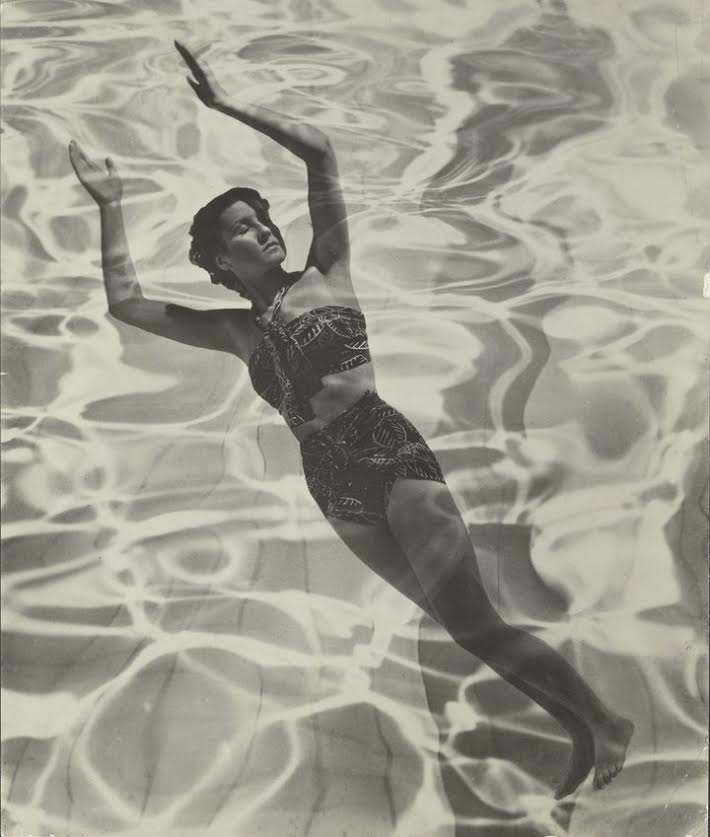
Dora Maar (22 November, 1907- 16 July 1997) was born Henriette Theodora Markovitch, changed her name to be more chic and in with the surrealists groups she attended. She was a photographer, painter, and poet, but she’s always only been seen as Pablo Picasso’s lover.
The extent to which she is only referenced while talking about Picasso is unfair to her work. At the time when she died it took newspapers ten days to publish anything on her and when they did they always cited her as Picasso’s Weeping Woman. During her life, Maar has said, “ All [Picasso’s] portraits of me are lies, not one is Dora Maar.”
Maar developed her photos in her own studio, distorting everyday pictures into vaguely humanoid conglomerates. “Still in her mid-20s, Maar was one of the few photographers André Breton and his notoriously sexist acolytes deemed worthy of inclusion in their exhibitions,” wrote Andrew Dickson of The Guardian.
While together they were artistically collaborative, Maar and Picasso were together when Guernica was painted. Maar being more politically involved than Picasso most likely gave him the idea to paint it (the black and white paint matching her black and white photography), with her painting a small section of the greatest anti-war painting.
Her experimental and often dreamlike photography blends fact and fiction, reality and the subconscious together into visually stunning images. She once exclaimed, “I am as good as Man Ray!” and looking at her body of work that can truly be contested. Between the street photographs, her numerous paintings, and her black and white photography including photograms and photomontages, she leaves a body of work and wonder.
More than body parts or inspiration for other works, these women put their lifetime into being authentic and bold in every idea and endeavor. The finite pieces they leave behind influence innumerable ideas from viewing, and with that they should be viewed more and more in the modern art world discussion.
Although these women have exhibits here and there, they are still not in the realm of other artists during their era but should be. Leonor Fini, Lee Miller, and Dora Maar should be household names as well.

